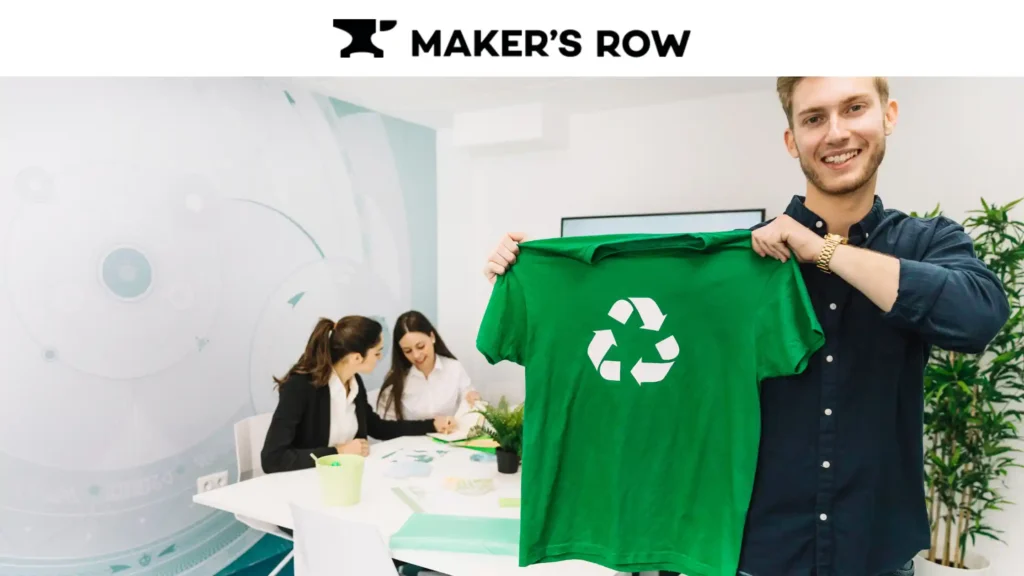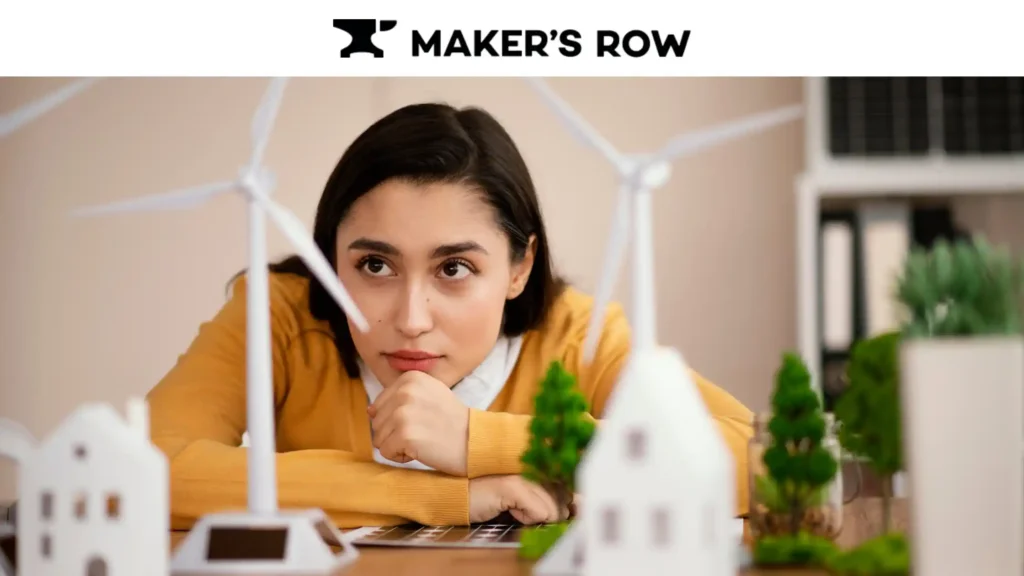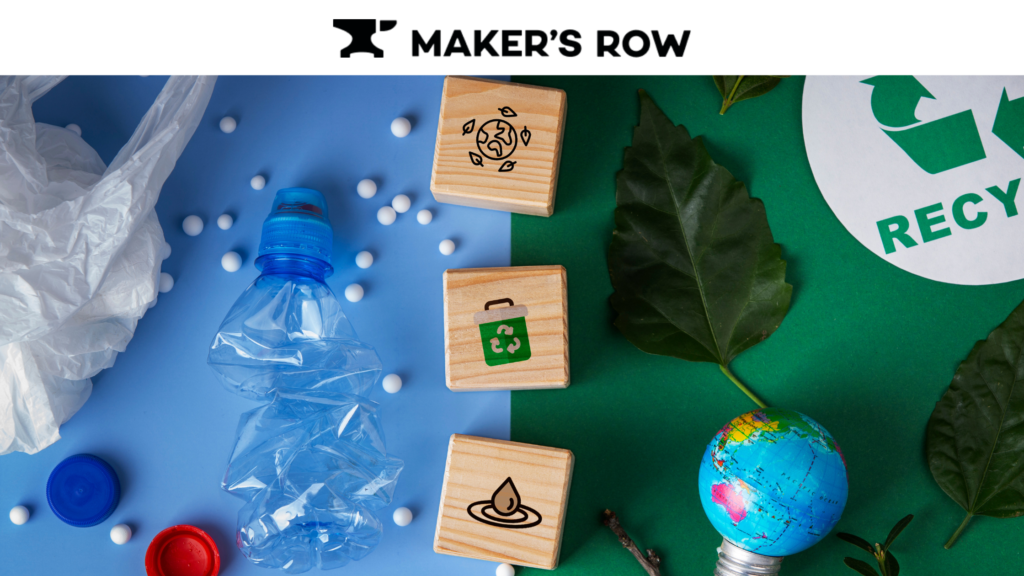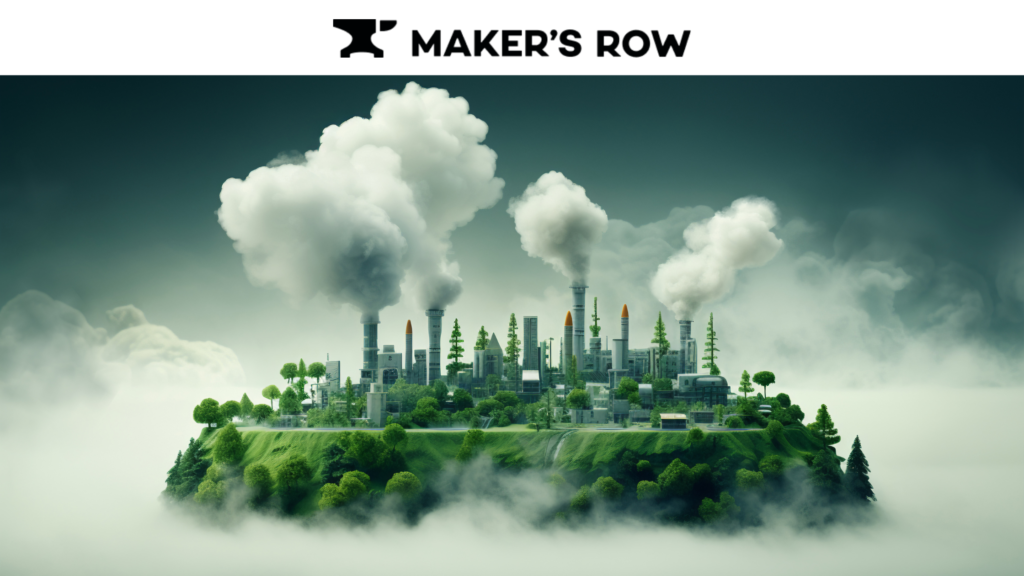There is an incredibly remarkable transformation in the fashion industry, and new sustainable apparel manufacturing has become a strong force for good change. Amid the overwhelming dominance of conversations on the environment, innovative factories are transforming the way our clothes are made—and indeed, proving that style can be kept in tandem with sustainability.
The Revolution in Sustainable Apparel Manufacturing

Leading the Charge with Innovation
Progressive apparel manufacturers are scouting high technologies and best-practice standards that get the industry healthy by lowering environmental impacts. From solar-powered facilities to closed-loop water systems, all innovations set new benchmarks for green manufacturing.
Revolutionary Water Management
Water conservation has become one of the cornerstones of sustainable garment manufacturing. Innovative mills are embracing:
Incorporate advanced water recycling systems.
- Rainwater harvesting technology
- Zero Liquid Discharge Facilities
- Low-water Dyeing Processes
- Greywater treatment plants
SIGN UP NOW & GET A FREE DEMO!!
Renewable Sources and Energy Efficiency

Visionary manufacturers have drastically cut down their carbon footprint by taking advantage of several state-of-the-art techniques. Increasingly, factories fit extensive rooftop solar arrays capable of producing a high percentage of their energy needs. Energy-efficient machinery is a gigantic step ahead; present-day machinery consumes up to 30 percent less power than its traditional counterpart.
Smart lighting systems ensure proper use of energy in facilities through the application of technologies such as LEDs and motion sensors. Heat recovery can be defined as the capture or reuse of waste heat. Biomass energy utilization is that process of converting organic wastes to valuable power sources. This works in transforming factories into modelled energy efficiency.
Key implementations include:
- Installations of Solar Panel
- Energy-efficient machines
- Incorporate smart lighting systems
- Recovery Heat Systems
- Biomass energy utilization
Reduce Waste and Innovate Material

Circular economy initiatives
Flexible and sustainable apparel factories are the real manifestations of circular economy principles, showing an example of holistic waste management. Fabrics recycle all scraps coming from the cutting room, besides excess materials used in different products. This today has become an art that transforms creative solutions into a worthy material for accessories or smaller garments.
Advanced computer modelling has created no-waste cutting techniques, maximizing fabric usage in the production process while minimizing offcuts. Biodegradable packaging alternatives replace traditional plastic packaging with environmentally friendly alternatives, where integration of recycled materials assures that post-consumer waste becomes valuable raw material for new products.
High-impact initiatives include:
- Textile waste recycling programs
- Making upcycled scraps.
- Zero-waste cutting techniques
- Biodegradable packaging solutions
- Recycled material integration
Material Innovation
Organic and recycled fibers, characteristic of sustainable textile production, ensure it has some of the lowest environmental impacts without losing quality. Bio-based alternatives ranging from agricultural wastes to imagination in sources such as mushrooms and seaweed open exciting futures for materials from tomorrow.
Sustainable synthetics offer longevity, environmental savings, and often used content deriving from recyclates or bioplastics. Fibre sourcing is regenerated through partnerships that support health and ecosystems, and high-tech fabric treatments are developed to provide performance with minimal chemical treatment.
Key innovations include:
- Bio-based and recycled fiber
- Bio-based alternatives
- Synthetic green materials
- Regenerative agro-enterprise relations
- Novel textile processing
SIGN UP NOW & GET A FREE DEMO!!
The Impact on Global Fashion

Environmental Benefits
Such best practices of sustainability are producing significant, measurable volumes in the sector. Energy management is now being integrated with the assimilated renewable power towards producing lower carbon emissions. Closed-loop systems and efficient processes also minimize water usage, resulting in an 90% decrease in this consumable usage when such practices are compared with conventional ones.
Reduced chemical usage means good worker well-being and, of course, for the environment too. Lower energy use also equals cheaper operational costs and a lower environmental footprint. Recycling and upcycling reduce landfill waste, and that is one of the biggest battles the industry faces.
Key benefits are:
- Low emissions of carbon Less use of water.
- Few chemical uses
- Lower energy requirements
- It reduces landfill wastes
Monetary Incentives
Through a number of channels, this is proving to be commercially viable. Higher operational cost savings come from both resource use efficiency and lower bills for utilities. Better resource efficiency maximizes the amount of value drawn out from raw materials with less waste. Better brand value comes with growing consumer preference for sustainable products, while access to conscious consumers opens new market opportunities.
This way, sustainability reduces the consumption of resources, and long-term cost savings therefore translate into cost-effective company behavior.
Key strengths are:
- They reduce operational costs
- Resource use effectiveness
- Brand value improves
- Access to conscious consumers
- Long-term cost savings
Glimpse of the Future: Sustainable Manufacturing

Innovation in the apparel manufacturing process will be there with the continuous shaping of the future. Artificial intelligence-driven resource optimization will transform operations in factories and revolutionize predictive maintenance and optimal usage of resources. Blockchain technology will introduce a level of transparency but responsibility along the supply chain and throughout. New vistas for material recovery open up with advanced recycling technologies.
Bioengineered materials hold great promise in building sustainable fabrics, while smart factory systems integrate a group of technologies toward maximum efficiency with minimal environmental impact.
Key innovations are:
- Artificial intelligence can also optimize resources.
- Blockchain technology to ensure transparency.
- Modern Technologies of Recycling
- Bioengineered materials
- Smart factory systems
Consumer Impact and Market Response

Evolving consumer preferences and market demands push this change toward sustainable manufacturing. The more environmentally aware consumers are, the more unstoppable becomes the demand for sustainable products, and the more transparency in production practices demands brands to be open to their manufacturing process. The green brand preference among younger consumers is now observed to grow and gain greater importance with the influence of social media. In addition, appeals for sustainability from the perspective of both immediate and future environmental regulations on manufacturers mean that it is legally framed in some way for an industry change.
Key drivers include:
- Increasing consumer awareness This requires transparency in production.
- Preference for eco-friendly brands
- Social media influence
- Environmental regulations
Maker’s Row Leading the Way
Platforms such as Maker’s Row have thus empowered one of the largest enablers of the sustainable manufacturing revolution—the very imperative bridge between sustainable manufacturers and brands’ pursuit of ethical production partners.
As America’s leading platform for bringing manufacturers together with brands, entrepreneurs, and companies, Makers Row can democratise access to sustainable manufacturing. This network promises to bring some excellent eco-conscious factories and invaluable resources for brands interested in sustainable practices.
SIGN UP NOW & GET A FREE DEMO!!
Conclusion
Sustainable-fashion factories create trends. They are trendsetters in emergent technologies and methods—yes, to prove that clothes can be beautiful, responsible, and environmentally friendly. The more of these manufacturers around the world, the closer we get to reaching a sustainable fashion industry.
Change, in this sense, is more than awareness of the environment; it represents a revolution in thinking about how to design and create clothing. Their leadership will write the future of fashion—today, in those very sustainable factories. As a responsible customer for the environment will only rise sustainable manufacturing. Now, today’s innovation in sustainable factories for fashion will change the face of fashion and is going to help preserve our planet forever more.